Firearms are fun and handy tools until something goes wrong. Maybe your magazine has malfunctioned or there’s something wrong with your firing pin. One familiar problem gun owners have are jammed firearms.
This malfunction can be annoying and challenging to fix. Knowing how to fix firearm jams is essential for your safety and those around you.
Types of Firearm Jams
Start by looking at the different types of firearm jams. Identifying the problem will help you fix what’s wrong. These four are the ones you should know.
Failure to Feed
Failure to feed is one of the most common jammed firearm issues. Imagine you fire a shot and see the casing leave the gun. However, the firearm doesn’t feed the next round from your chamber or magazine. This problem frustrates gun owners because fixing it takes time and effort.
First, inspect the magazine. Check the bottom to ensure it’s inside the frame correctly. Try the gun again to see if it fires and feeds properly. If not, you may need to disassemble and inspect the firearm further.
Failure to Eject
Another common firearm jam issue is failure to eject. You may have heard of this problem as a stovepipe. Failure to eject means your firearm can’t remove the casing — thus, resembling a stovepipe. Most of the time, the shell gets stuck in the ejection port and hangs.
When there’s a failure to eject, your first attempt to fix it should be to hit the magazine hard and angle your firearm toward the ground. In this position, rack the slide to help the casing eject. Pulling the casing out is a temporary solution. However, repeated issues may compromise your gun’s performance, so consider further inspection by you or a gunsmith.
Failure to Extract
Like failure to eject, failure to extract is another common problem for firearm owners. In this situation, your slide moves backward — but the empty casing is still in your chamber or magazine. In failure to eject, the casing doesn’t leave the firearm but does leave the chamber or magazine.
Failure to extract can be challenging to fix the first time you encounter it. The first place you should look is the extractor — it could have damage or debris, causing it to malfunction. Clean it and try again. You may also need to clean the chamber and check for obstructions to the casing’s ejection.
Double Feed
The last type of firearm jam is the double feed. You won’t see it as often, but it does happen. Double feeding is when the gun tries to feed multiple rounds into the chamber simultaneously — thus, resulting in a jam. The firearm will be inoperable until you clear it.
Fixing a double feed may take a few steps. First, you must remove the firearm’s magazine and rack the slide. Alternatively, you could bolt the rear to extract and get the ammunition out of there. Then, reinstall the magazine and see if you’ve resolved the problem.
Fixing Your Jammed Firearms
Gun owners often own several types of firearms for different purposes. Jams can occur in any gun, so knowing how to fix these problems in your hunting rifle and handgun is worthwhile.
Pistol
If your pistol has jammed, it likely derives from the springs. Jams are most familiar with semi-automatic pistols. When you fire, these handguns absorb the recoil energy and use the slide or bolt to reload themselves. The springs wear over time and may need replacement.
Your pistol may also have a dirty or worn magazine. Think about the times at the shooting range with your favorite pistols. The magazine falls to the ground, damaging the device and bending the feeder. Over time, this problem can cause jams.
If your pistol constantly gets jammed, follow these tips:
- Care for your magazine. Many pistol jams stem from damaged magazines, so regularly inspect yours and clean it to prevent debris buildup.
- Use proper technique. Some pistol owners get jams because of their shooting technique. Control your recoil by tightening your grip and ensuring your wrists are firm around the handgun. Loose grips may cause the gun to cycle rounds improperly.
- Clean the pistol. Sometimes, it may just be a dirty handgun. No matter your type of pistol, you should regularly clean it to stop jams. Apply lubrication often to ensure the parts move smoothly.
Revolver
Like pistols, revolvers are handguns. However, they’re not semiautomatic. Can your revolver still suffer from jams? Yes, they can. Revolver jams are less likely to happen because of their manual feeding. However, you should know how to fix them if the problem arises. Here are some tips to repair jammed revolvers:
- Inspect the gun. Revolvers aren’t supposed to jam, so your first task should be inspecting the firearm. Scrutinize it closely to ensure it has all the necessary components, such as the cylinder latch, ejector rod, hammer and more.
- Check for bends. If all parts are present, your revolver may suffer from bent components. For example, look at the ejector rod. A bent ejector rod damages a revolver because the cylinder can’t close. Another part to watch is the moon clip. This part is fragile, so you need to be careful with it. Bent moon clips jam your revolver and may be hard to fix. You may need to replace it or take it to a gunsmith.
- Inspect the ammunition. Another reason your revolver has jammed could be the ammunition. Low-quality bullets can creep — you may know this issue as a cartridge setback. Use ammo from reputable manufacturers to reduce the chances of this issue and ensure it’s the correct type of ammo for your revolver.
Shotgun
Shotguns are popular guns for firearm sports. You’ll often see competitions where participants skeet shoot, trap shoot and other fun activities. Though, your semi-automatic shotgun can occasionally run into issues with jams. You can fix shotgun jams by following these protocols:
- Insert the ammunition correctly. The problem may boil down to incorrect ammunition installment. Ensure you insert the shell deep inside so it touches the shell stop. If you don’t, your shotgun could jam.
- Watch for carbon buildup. After firing numerous rounds, your shotgun will accumulate carbon and residue. Clean the chamber and bore to keep your shotgun working correctly. If not, you risk failure to feed and failure to extract.
- Force the shell out. This tip is best when you’re in a bind and must resort to unconventional tactics. Military members use a method called jackhammering. This practice calls for slamming the butt of your shotgun on the ground until the shell comes out. If you have a pump shotgun, take the knob off. Your barrel will slide off, allowing you to poke the shell out with a gun rod.
Rifles
The last type of firearm you’ll look at is the rifle. Jammed rifles are inconvenient when you’re hunting in the Denali National Preserve and see the perfect buck walk by. Jams are typical with semi-automatic rifles, so look at the AR-15.
Hunters worldwide use the AR-15 because it’s a convenient firearm for hunting. They’re lightweight and accurate but subject to jams. Use these tips for resolving an AR-15 jam.
- Getting a quick fix. If you have a jam, you may need to fix the problem quickly. A quick fix is to put your finger on the receiver and forcefully push the magazine well with the opposite hand. Pull the well, place the ejection port toward the gun and let gravity do its thing. Your jammed shell should fall to the ground.
- Check your rounds. One cause of AR-15 jams is too many bullets in the magazine. For example, some people try to jam 31 or 32 cartridges inside a 30-round mag. You may know this practice as downloading. Over the years, downloading can lead to worn magazines and feeder issues. Stick to the recommended number of rounds for the mag.
- Examine the magazine. There could simply be an issue with the magazine itself. Luckily, it’s a relatively simple fix. Fully seat the magazine to ensure your safety and press the bolt release to remove the casing. Alternatively, you could maneuver the charging handle until you resolve the jam. Sometimes, jams occur solely because you didn’t seat the magazine properly.
Preventing Future Jammed Guns
The best way to fix any jam is to prevent it from happening in the first place. Here are a few tips to care for your firearms and ensure they stay ready whenever necessary.
Maintenance Schedule
The best tip is to put your firearms on a maintenance schedule. Deep clean your guns around once a month, depending on the frequency of use. Inspect the parts to ensure they’re intact and nothing has broken. If something feels off, it never hurts to be safe and inspect the problem. Fixing the issue now makes it easier to fix rather than waiting.
Good Ammunition
A critical factor in preventing jams is getting high-quality ammunition for your gun. Stick to reputable manufacturers that have a good track record of excellent bullets.
Lubrication
Some people like to dry fire, but this practice can lead to jams. Lubricate your gun to reduce friction and reduce wear to your firearms. There is such a thing as overlubricating, so be careful.
Quick Fixes for Jammed Guns
You can do everything correctly with your firearms and still have jammed guns. Don’t worry — it happens to the best out there. Use these quick fixes for malfunctioning firearms and maintain your weapons to prevent future problems.


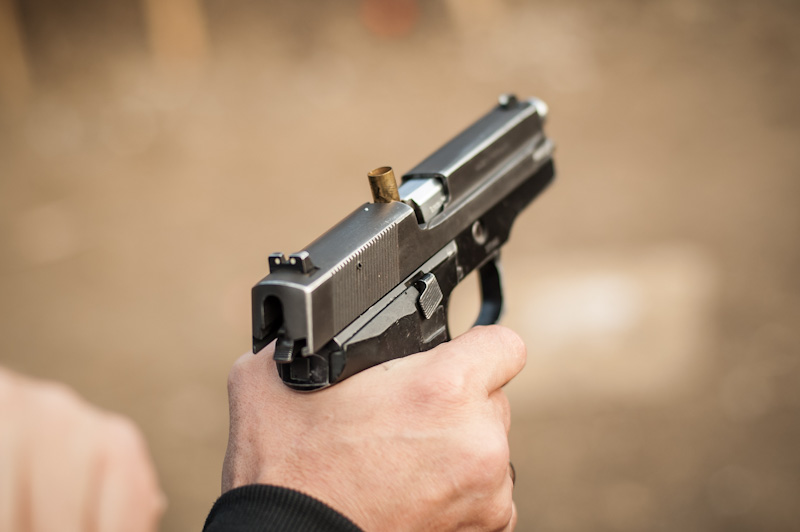


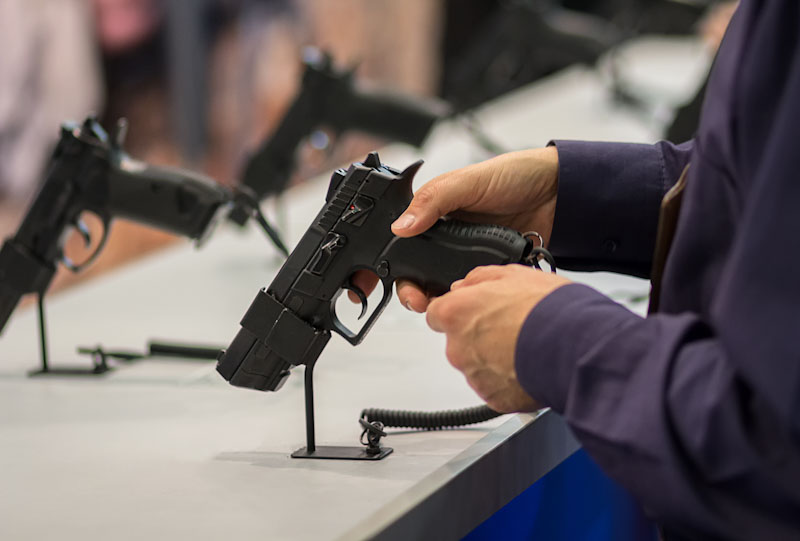
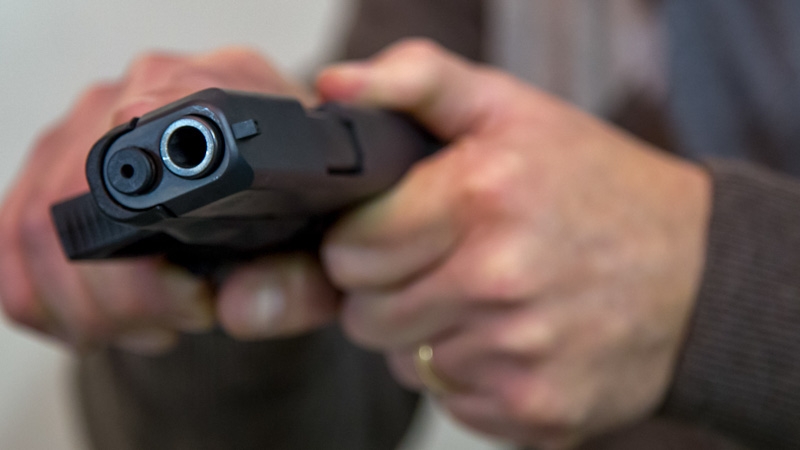
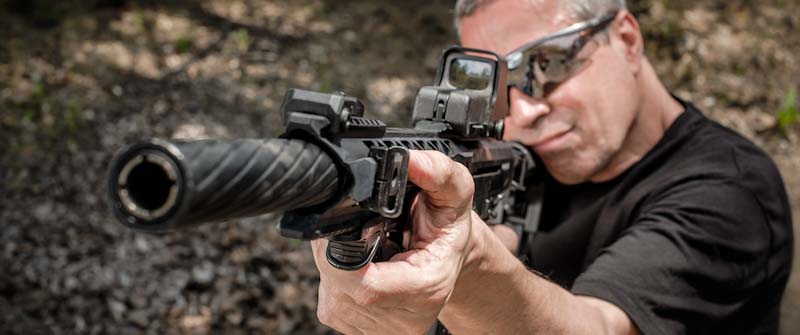
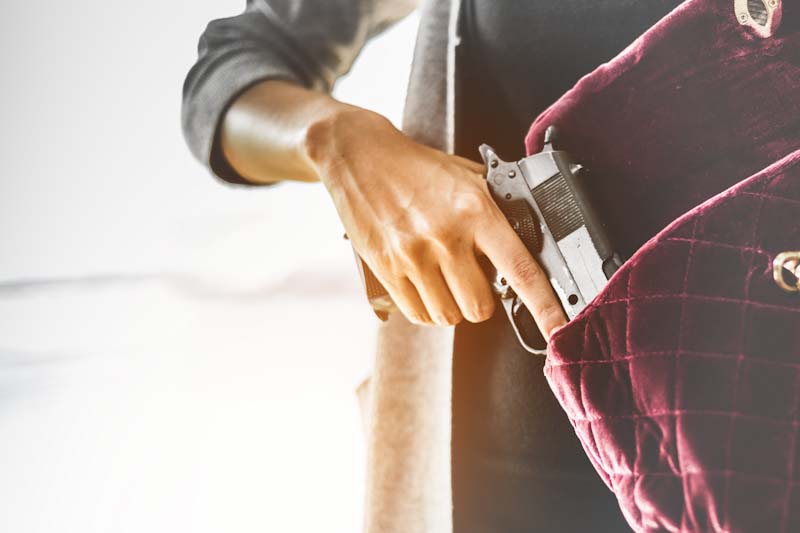


Nancy | September 26, 2023
|
The world would be a better place without guns!
SGTMiles | September 28, 2023
|
IT IS OUR RIGHT TO HAVE GUNS!!!
Nancy | October 24, 2023
|
If it’s our right that does not mean we need to have them!
Elioth | March 7, 2024
|
To avoid most failures, get a good revolver !